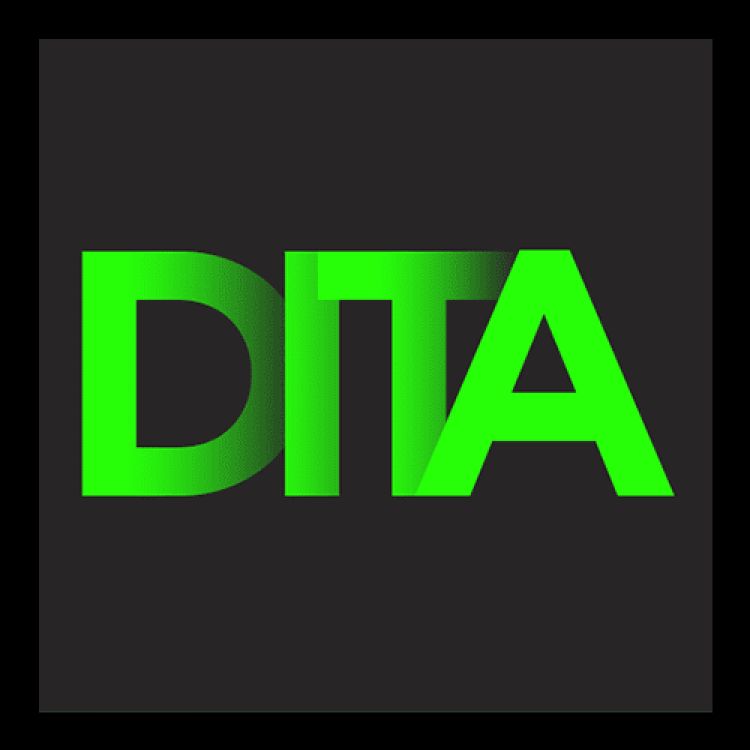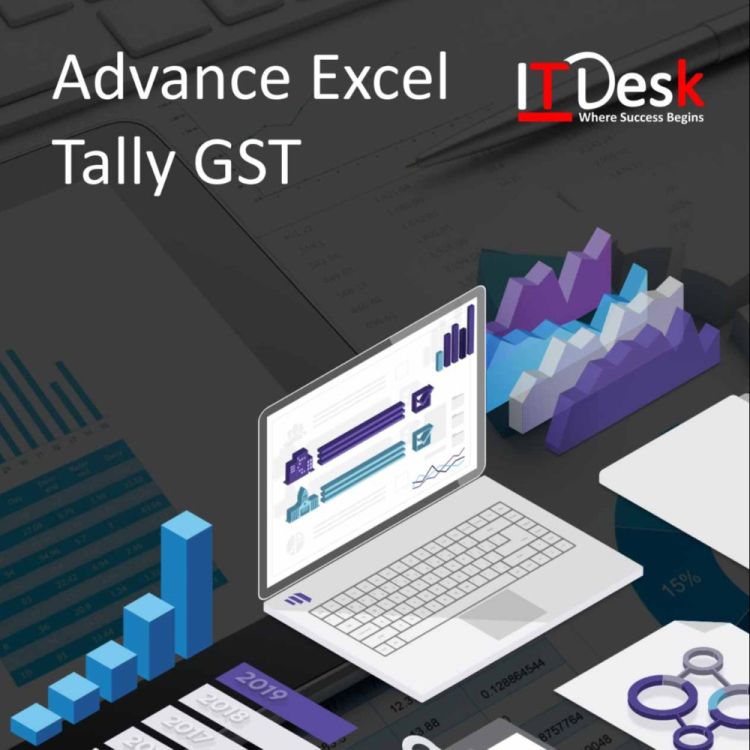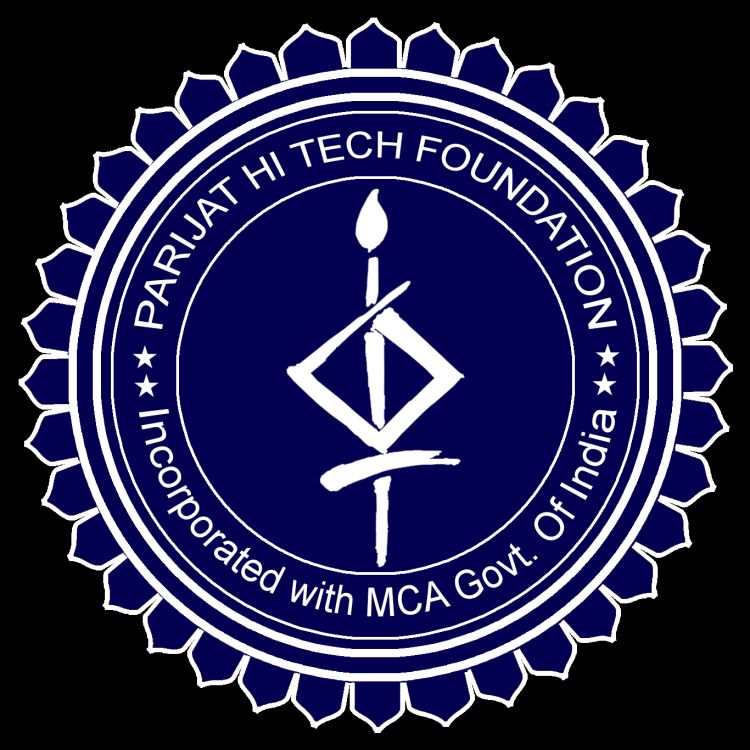SEMESTER-i
1) COMPUTER FUNDAMENTALS:
Computer system:
- Characteristics and capabilitiesComputer Hardware and Software: Block Diagram of a Computer,
- Different Data Processing: Data, Data Processing System, Storing Data, Processing Data.
- Types of Computers: Analogue, Digital, Hybrid, General and Special Purpose Computers.
- Generation of Computers.
- Computer Systems: Micros, Minis & Main-frames. Limitations of Micro Computer.
Computer Peripherals:-
- Introduction to Input Devices
- Computer Output
- Basic Components & Storage
- Central Processing Unit
- Computer Software & Languages System Software: System software Vs. Application Software, Types of System Software, Introduction and Types of Operating Systems. Boot Loader, Diagnostic Programs, BIOS, Utility Programs. Application Software: Microcomputer Software, Interacting with the System, Trends in PC software, Types of Application Software, Difference between Program and Packages.
2) OPERATING SYSTEM (Windows 7, 10)
- Microsoft Windows:- Operating system-Definition & functions, basics of Windows. Basic components of windows, icons, types of icons, taskbar, activating windows, using desktop, title bar, running applications, exploring computer, managing files and folders, copying and moving files and folders .Control panel-display properties, adding and removing software and hardware, setting date and time, screen saver and appearance. Using windows accessories.
3) INTERNET
- Understanding how to search/Google
- Bookmarking and Going to a specific website
- Copy and paste Internet content into your word file and emails
- Understanding social media platforms such as Facebook & Many more
- Learn with best practices
4) EMAIL
- Plan the content: Decide what you want to teach the subscriber.
- Write the emails: Write the emails in a sequence that teaches the subscriber the topic.
- Personalize the emails: Include the recipient's name or other personalized information.
- Test the emails: Test different subject lines to see what works best for your audience.
5) MS-OFFICE :
Ms. Office course trains students how to use MS Office applications use in office work such as creatingprofessional-quality documents; store, organize and analyze information; arithmetic operations and functions;and create dynamic slide presentations with animation, narration, images, and much more, digitally andeffectively.
- Creating, editing, saving and printing text documents
- Font and paragraph formatting
- Simple character formatting
- Inserting tables, smart art, page breaks
- Using lists and styles
- Working with images
- Using Spelling and Grammar check
- Understanding document properties
- Mail Merge
- Spread sheet basics
- Creating, editing, saving and printing spread sheets
- Working with functions & formulas
- Modifying worksheets with colour & auto formats
- Graphically representing data : Charts & Graphs
- Speeding data entry: Using Data Forms
- Creating Professional Slide for Presentation.
- Opening, viewing, creating, and printing slides
- Applying auto layouts
- Using slide transitions
SEMESTER-II
5) TALLY
- ACCOUNTING CONCEPT, GST, TDS
- FOA WITH TALLY – COMPANY CREATION
- LEDGER CREATION, STOCK STEM CREATION
- VOUCHER CREATION, TAX, SERVICE TAX
- VAT, BALANCE SHEET, GODOWN CREATION
- ACE BUSINESS ACCOUNTING SOFTWARE







